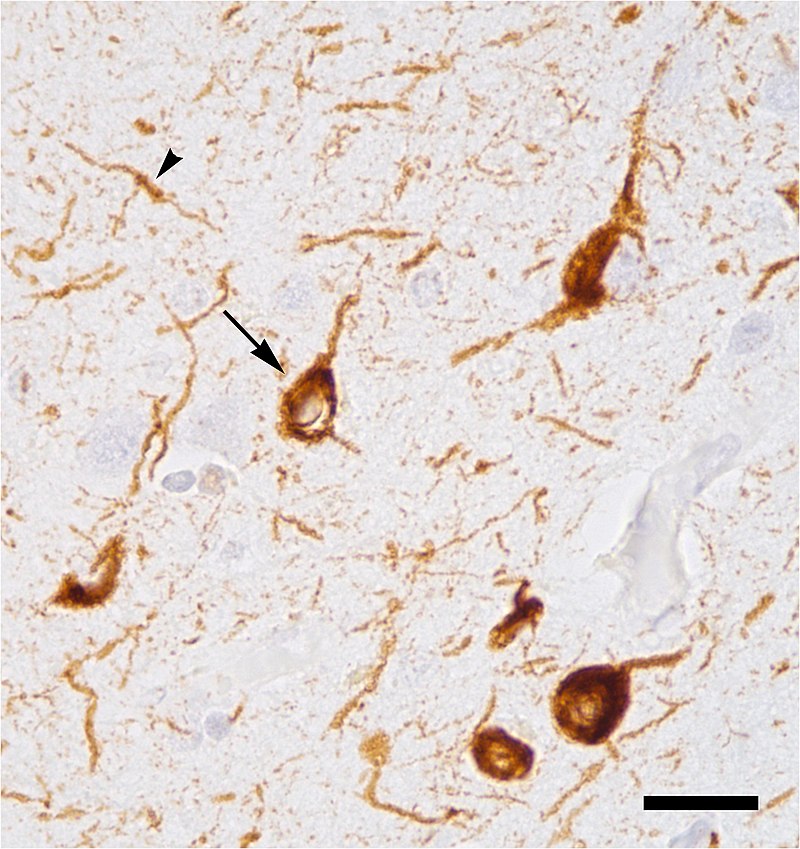A Phosphorylated Tau Protein Is Diagnostic for Early Stage Alzheimer’s Disease in Down Syndrome Patients
Posted on 01 Sep 2022
A blood test that determines circulating levels of the Alzheimer's disease (AD) biomarker protein phospho-tau217 (p-tau217) was found to distinguish AD from other neurodegenerative diseases in persons with Down syndrome. Considering that around 80% of people with Down syndrome develop Alzheimer's disease, often when they are between 40 and 50 years old, a simple blood test, which can detect Alzheimer's disease in people with Down syndrome, is an important diagnostic development.
The tau proteins are a group of six highly soluble protein isoforms produced by alternative splicing from the MAPT (microtubule-associated protein tau) gene. They have roles primarily in maintaining the stability of microtubules in axons and are abundant in the neurons of the central nervous system (CNS). They are less common elsewhere but are also expressed at very low levels in CNS astrocytes and oligodendrocytes. Pathologies and dementias of the nervous system such as Alzheimer's disease and Parkinson's disease are associated with tau proteins that have morphed into hyperphosphorylated insoluble aggregates called neurofibrillary tangles. Recent studies have shown that a biomarker in the blood, phosphorylated tau (P-tau217) can detect Alzheimer's disease as early as 20 years before memory problems become apparent and, most importantly, distinguish Alzheimer's disease from other forms of dementia with about 95% accuracy.

In the current study, investigators at Lund University (Sweden) sought to determine which plasma biomarker combinations could accurately detect tau pathological brain changes in Down syndrome (DS). The study involved 300 people with Down syndrome, 40% of whom showed signs of the onset of Alzheimer's disease.
Results revealed that plasma p-tau217 accurately distinguished individuals with abnormal tau positron emission tomography scans from those with normal scans, especially when combined with age. Plasma p-tau217 is a very accurate blood-based biomarker of both tau and Abeta pathological brain changes in DS that could help guide screening and enrichment strategies for inclusion of individuals with DS in future AD clinical trials, especially when it is combined with age.
Senior author Dr. Oskar Hansson, professor of neurology at Lund University, said, "Many people are unaware that Alzheimer's disease occurs much more frequently and at an earlier age in people with Down syndrome. It is also more complicated to diagnose Alzheimer's in a person with Down syndrome, as there is a pre-existing intellectual disability that makes it more difficult to detect cognitive impairment, and it requires the patient to agree to invasive procedures such as spinal fluid tests. It is therefore of particular importance that we find a simple diagnostic method. With a simple blood test, we were able to detect both tau and amyloid pathologies, the disease-related changes in the brain that indicate whether a person has Alzheimer's or not, with over 90% certainty. We were even able to diagnose those who had not yet developed clear cognitive impairment due to Alzheimer's disease."
The study was published in in the July 5, 2022, online edtion of the journal JAMA Neurology.














